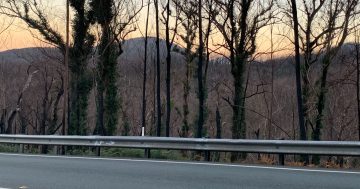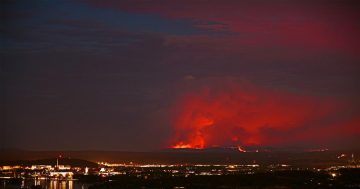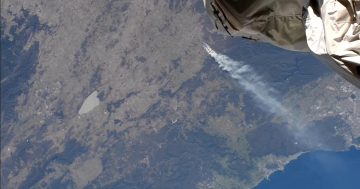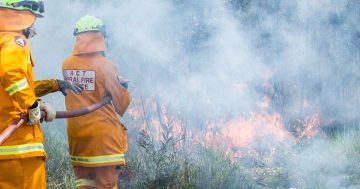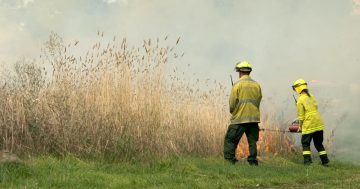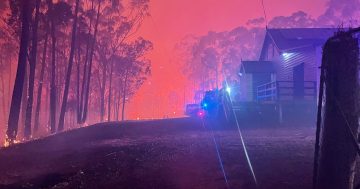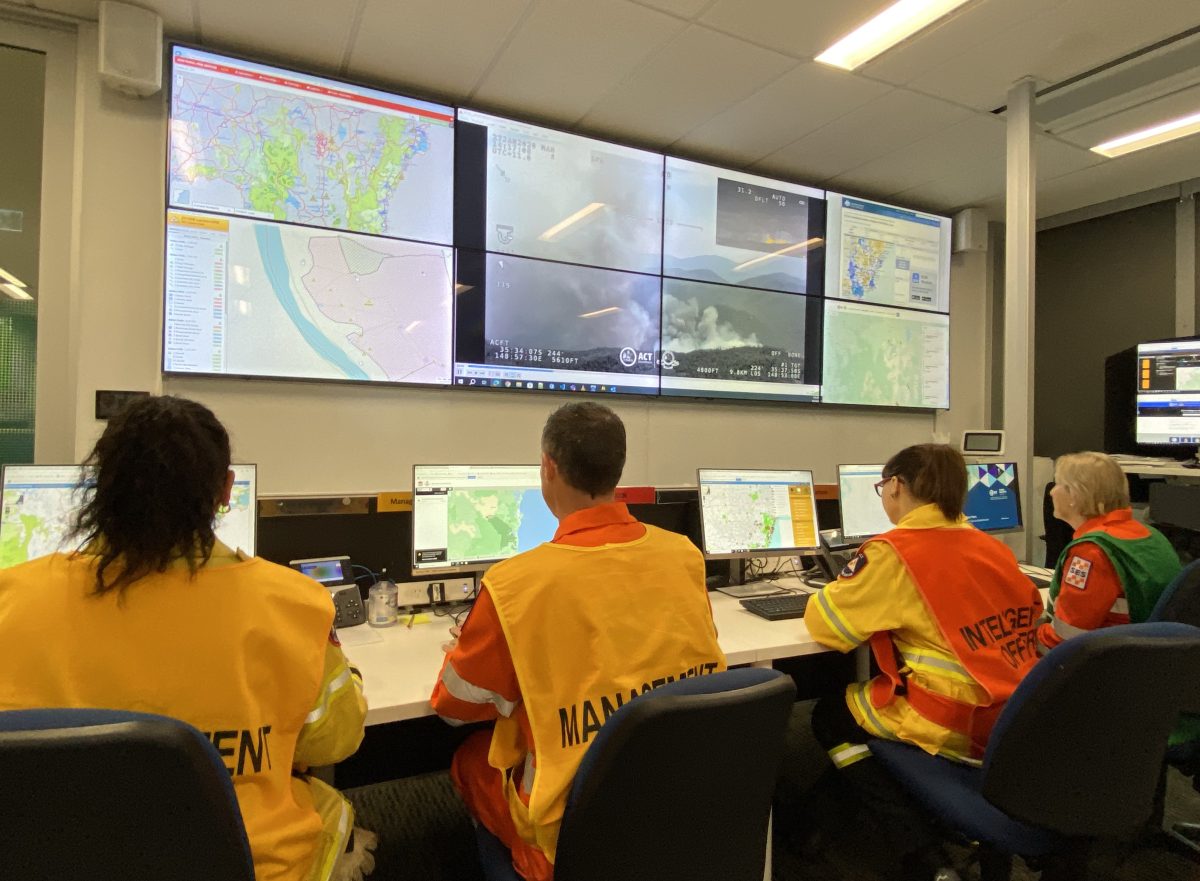
A Canberra academic has developed a predictive framework to help plan for bushfires as the weather warms across south-east Australia. Photo: Claire Fenwicke.
Fighting fires comes with uncertainty – but one Canberra academic has developed a framework to help predict when extreme fires are likely.
Adjunct Professor Rick McRae from the Bushfire Research Group at UNSW Canberra said fire behaviour had changed in recent years.
“Fire managers in Australia have done a very good job of understanding quasi-steady state fire behaviour,” he said.
“What we started seeing around the turn of the century was a new type of fire occurring in Australia. We call these extreme wildfires.”
To better predict the risk of extreme bushfires in south-eastern Australia, he developed the Hierarchical Predictive Framework.
“These are fires that on one or more occasions develop a blow-up fire event, where the fire couples with the atmosphere above,” he said.
“That changes the fire behaviour, and it switches to what we call dynamic fire behaviour.”
The framework consists of four alert levels and relies on temperature and river flow data to determine if conditions are conducive for extreme fires.
Professor McRae said Level 1 monitored the seasonal climatic outlook across south-eastern Australia.
It also has a connection to our nation’s capital. The average temperature across the 12 months leading up to the bushfire season is compared with Bureau of Meteorology data to create the ‘Canberra Dipole’.
“Critically, when you’ve got a cold front moving through over Tasmania, and troughs inland, the interaction of these systems is focussed in the very south-east of the continent,” he said.
“The best climate data site in that area is Canberra Airport – we tried a number of areas and Canberra certainly picked up the pattern best.”
A Level 2 alert is issued when observers notice rivers drying, while Level 3 and Level 4 alerts are declared on further data analysis and as a trigger for action, respectively.
“When the rivers start to dry [in a Level 2 alert], that gives us a warning sign about large fuel sources becoming fully flammable,” he said.
Professor McRae said the model had been tested against decades of data, including information collected during the Black Summer bushfires.
“We’ve worked it backwards for over 20 years [of data], and we’re really happy with how it’s performed,” he said.
“That’s a good indicator for us.”
While the Hierarchical Predictive Framework is in a trial phrase, Professor McRae hopes it will become a useful tool as climate change brings more frequent fires.
“Unfortunately, there is something new every time we go into a bad summer because of climate change,” he said.
“There’s got to be this ongoing dialogue between researchers, fire services and the community.
“Our next phase is taking it to fire services to see how interested they are in taking this up.”
Professor McRae said the framework was intended to sit alongside other predictive tools.
“This is a tool to let authorities know about the potential for these dynamic fires,” he said.
“At a finer level, it’s important to have observers looking for the lead-up.
“[And] when these fires do occur, you need to take special steps to keep everyone safe.”
More information in October’s Australian Journal of Emergency Management can be found online.












